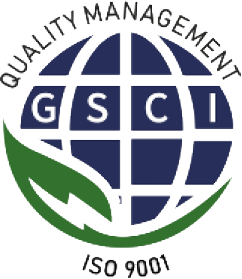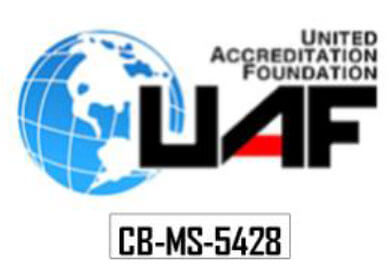Copper Ball
Manufacturing a copper ball involves several steps, including mining and refining copper ore, shaping the copper into a sphere, and polishing it to achieve a smooth and shiny finish. Here is an overview of the copper ball manufacturing process:
- Mining and Extraction: Copper is typically extracted from copper ore through a process called smelting. The ore is first mined, then crushed and ground into a fine powder. It is then heated in a furnace to separate the copper from other minerals and impurities. This process results in copper concentrate.
- Refining: The copper concentrate is further refined to remove impurities like sulfur, iron, and other trace elements. The refining process can involve several methods, including electrolytic refining, fire refining, or solvent extraction.
- Casting or Forging: Once the copper is refined, it can be shaped into a ball using either casting or forging methods.
- Casting: In this method, molten copper is poured into a spherical mold. The mold can be made of various materials, including sand, graphite, or metal. As the copper cools and solidifies, it takes the shape of a ball.
- Forging: Forging involves shaping a solid piece of copper into a ball by applying pressure with a die or hammer. This method is often used for producing larger and more precisely shaped copper balls.
- Annealing: After shaping, the copper ball may go through an annealing process. Annealing involves heating the copper to a specific temperature and then allowing it to cool slowly. This helps relieve stress in the metal and improves its mechanical properties.
- Machining and Finishing: To achieve precise dimensions and a smooth surface finish, the copper ball may undergo machining processes such as turning, milling, or grinding. This step ensures that the ball meets the required specifications.
- Polishing: After machining, the copper ball is polished to give it a shiny and reflective surface. Polishing can be done using various abrasive materials and methods, depending on the desired finish.
- Quality Control: Throughout the manufacturing process, quality control measures are implemented to ensure that the copper ball meets the specified standards. This includes dimensional checks, surface quality inspections, and chemical composition analysis.
- Packaging and Shipping: Once the copper balls pass quality control, they are packaged and prepared for shipment to customers or other manufacturing processes where they will be used.
It’s important to note that the manufacturing process may vary depending on the specific requirements of the copper balls, such as size, purity, and intended use. Additionally, some copper balls may undergo additional processes like plating or coating for specific applications. The details of the process can also depend on the manufacturer’s capabilities and equipment.




